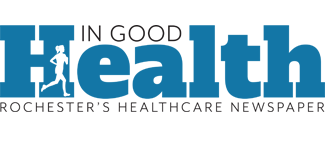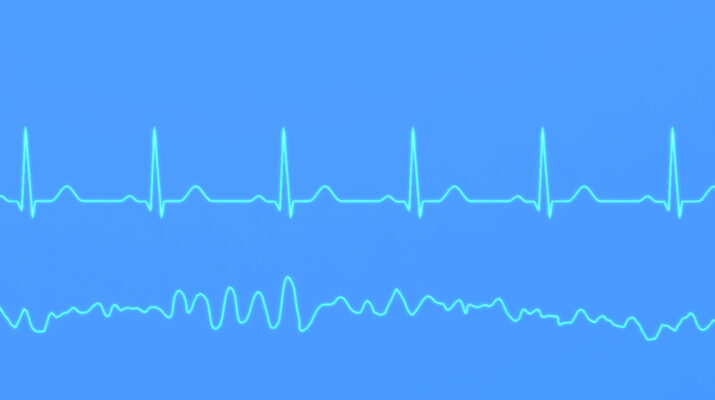This often-fatal arrhythmia requires emergency care
By Deborah Jeanne Sergeant
As the most frequent cause of sudden cardiac death, ventricular fibrillation causes an irregular heart rhythm that can go unnoticed.
“Ventricular fibrillation is a very sudden thing,” said Highland Hospital cardiologist Joshua Gorski. “Something goes wrong with the heart so the electrical system goes haywire. It’s very serious when that happens. People usually pass out and other people nearby start CPR. People can pass away within minutes. A lot of times, people don’t feel it coming.”
Sometimes, when patients develop a blocked artery that leads to ventricular fibrillation, they may feel chest pain, pressure and discomfort. Unlike in movies, where heart attack patients clasp their chests and wince in pain.
“They can be sweaty and short of breath,” Gorski added. “Some have pain in the jaw or down the arm, but that’s not always the case. Not everyone with a blocked artery develops ventricular fibrillation.”
Instead of pumping blood effectively, the heart quivers. The only treatment is to quickly identify that patients are experiencing ventricular defibrillation and provide a defibrillator shock and CPR.
“Unfortunately, there are few symptoms that are felt prior to going into ventricular fibrillation,” said physician Scott C. Feitell, director of Heart Failure and Rochester Regional Health Sands Constellation Heart Institute. “Most patients pass out almost immediately and if CPR is not administered immediately the patient will die.
“Seeking immediate medical attention for symptoms that may be concerning for a heart attack — chest pain, shortness of breath, et cetera — is the best way to prevent a ventricular fibrillation arrest.”
“Delay in seeking care not only worsens damage to the heart but increases the likelihood of a sudden cardiac death caused by ventricular tachycardia or ventricular fibrillation,” he added.
Tachycardia is when a person’s heart beats much faster than it should.
Some patients surviving ventricular fibrillation may receive an implantable defibrillator in case they have another episode. It won’t prevent another ventricular fibrillation, but Feitell said that it provides a shock to bring the patient back.
“Medications like beta blockers and anti-arrhythmic medications can also be used,” he added.
Typically, patients experiencing ventricular defibrillation have comorbidities like unmanaged diabetes, hypertension, chronic kidney disease or lupus, as these diseases accelerate heart disease.
Feitell said that a stressor to the heart — like an infection — can also cause ventricular fibrillation, even in a young, fit person. A sudden trauma to the heart such as a physical blow can also cause ventricular fibrillation.
To save more lives during heart incidences, more people need to learn CPR and how to use defibrillators, according to the cardiologists interviewed for this story. Maintaining the devices in more areas is challenging because they’re expensive, each unit costing several thousand dollars. They must be maintained to remain effective.
Everyone should review family health history for any genetic conditions that can lead to ventricular fibrillation, such as a relative who experienced cardiac arrest or ventricular fibrillation and discuss this family history with a healthcare provider who can make personalized recommendations for improving overall heart health.

